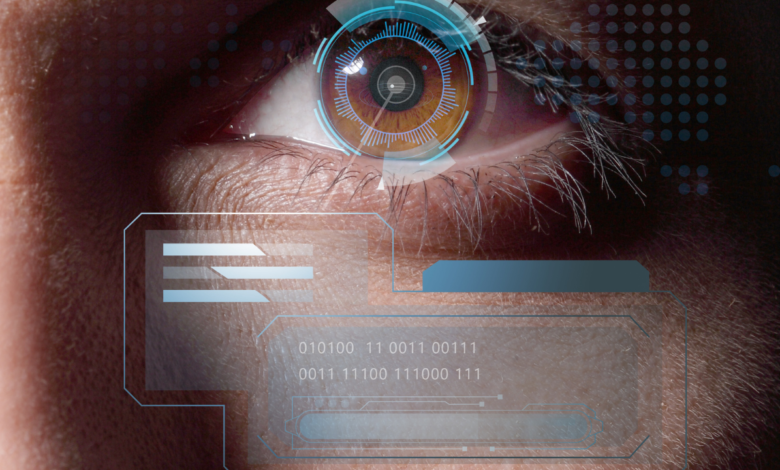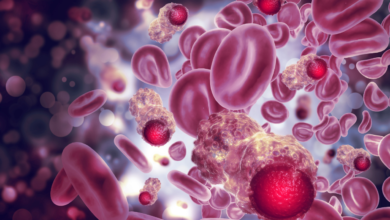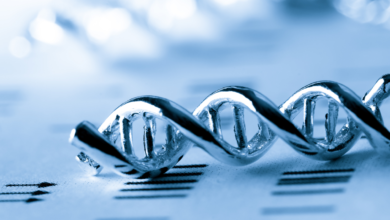Human Identification

What is Human Identification?
Human identification testing is a process used to determine the identity of an individual, typically based on biological or physical characteristics.
Why Human Identification is required?
· Forensic investigations: Identifying victims or suspects in criminal cases
· Disaster relief: Identifying victims of natural disasters or accidents
· Paternity or maternity testing: Establishing biological relationships
· Immigration purposes: Verifying familial relationships
Which are the method of Human Identification?
Several methods can be used for human identification, including:
- DNA analysis: Comparing DNA profiles from different sources to determine if they match. This is considered one of the most reliable and accurate methods of identification.
- Fingerprinting: Comparing fingerprints to known databases or other fingerprints to identify individuals.
- Dental records: Examining dental records, such as X-rays and charts, to identify individuals based on unique dental features.
- Facial recognition: Using technology to compare facial features to known images or databases.
- Iris or retinal scanning: Identifying individuals based on the unique patterns in their iris or retina.
Who should go for Human Identification?
Human identification testing is typically conducted by law enforcement agencies, forensic scientists, or medical professionals in specific cases. Individuals may also seek out paternity or maternity testing to establish biological relationships.
What are the results of Human Identification?
The results of human identification testing can vary depending on the method used and the quality of the evidence. In many cases, DNA analysis provides the most reliable and accurate results. Positive identification can be crucial in solving crimes, providing closure to families, and ensuring justice.
What are the components of Human Identification?
The components of human identification testing can vary depending on the specific method used, but generally include:
- Sample collection: Gathering biological material, such as DNA, fingerprints, dental records, or images.
- Analysis: Examining and comparing the collected samples using appropriate techniques.
- Comparison: Matching the samples to known databases or other samples.
- Interpretation: Evaluating the results and drawing conclusions about the identity of the individual.





